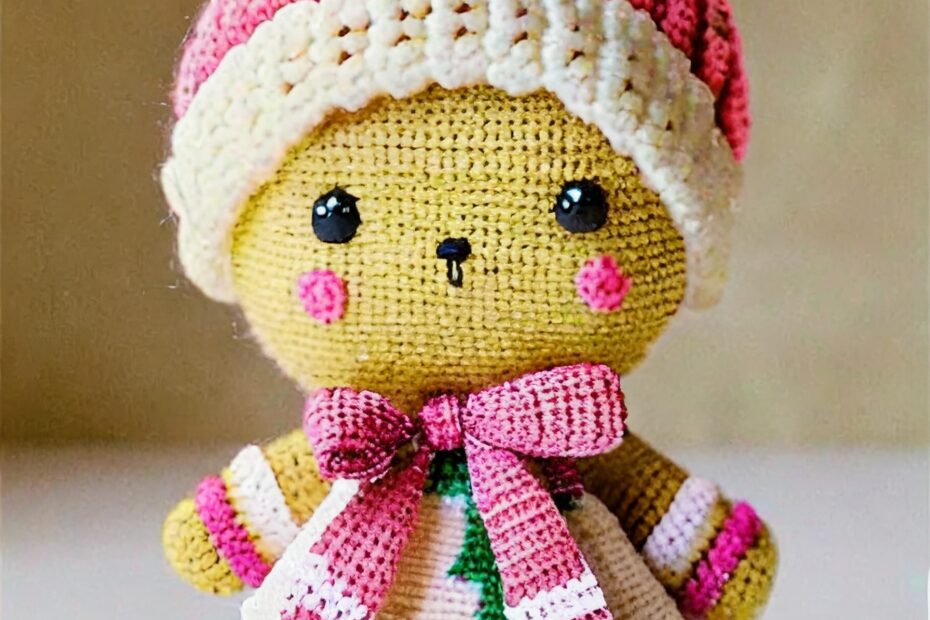Starting amigurumi can be exciting—but also a bit overwhelming. If you’re new to the world of crocheting adorable stuffed toys, you likely have plenty of questions. From tools and materials to stitches and patterns, beginners often need a little extra guidance to feel confident and creative.
In this article, we’ve compiled a helpful FAQ to answer the most common questions asked by those starting their amigurumi journey. Let’s dive in!
1. What exactly is amigurumi?
Amigurumi is the Japanese art of crocheting (or sometimes knitting) small stuffed creatures, animals, dolls, or even objects. The word itself is a blend of “ami” (crocheted or knitted) and “nuigurumi” (stuffed doll). These creations are often cute, whimsical, and full of character.
2. What supplies do I need to start amigurumi?
To begin, you’ll need:
- A crochet hook (often 2.0 mm–4.0 mm for amigurumi)
- Yarn (worsted weight or cotton yarn is a good beginner choice)
- Stuffing (polyester fiberfill is most common)
- Tapestry needle (for sewing pieces together)
- Stitch markers (helpful for counting stitches)
- Scissors
Optional: safety eyes, embroidery thread, felt, or glue for added features.
3. What’s the best yarn for beginners?
Cotton yarn is great for beginners—it’s firm, holds shape well, and doesn’t fray easily. Avoid fluffy or textured yarns at first, as they make it difficult to see your stitches clearly.
4. What basic stitches do I need to know?
The most commonly used stitches in amigurumi are:
- Magic ring (also called magic circle)
- Single crochet (sc)
- Increase (inc)
- Decrease (dec)
Mastering these will allow you to make most beginner-friendly patterns.
5. What is a magic ring and why is it important?
A magic ring is a way to start crocheting in the round with a tight center. It prevents a hole from forming in the middle of your work, which is essential for a clean, professional finish in amigurumi.
6. Why is working in continuous rounds important?
Amigurumi is usually worked in spiral rounds rather than joined rounds. This keeps the shape smooth and eliminates visible seams. Use a stitch marker to track the beginning of each round.
7. How do I stuff my amigurumi?
Stuff as you go, particularly in small parts. Use small amounts of fiberfill at a time and push it in with the back of your crochet hook or a stuffing tool. Don’t overstuff—just enough to hold shape without stretching the stitches.
8. How do I attach limbs or parts together?
Use a tapestry needle and yarn to sew pieces together securely. Pin parts in place before sewing to get proper positioning. Take your time—good assembly makes a big difference.
9. How long does it take to complete one amigurumi toy?
It depends on size and complexity. A simple mini animal may take 1–3 hours, while larger or detailed characters can take 8 hours or more. Speed comes with practice.
10. Are there free amigurumi patterns available?
Yes! Many free patterns are available on blogs, YouTube, Ravelry, and craft websites. Always check the skill level before starting and look for patterns labeled as beginner-friendly.
11. How can I avoid gaps or holes in my work?
Use a smaller hook than the yarn usually calls for—this keeps stitches tight. Also, avoid overstuffing and check your tension as you work.
12. What should I make first as a beginner?
Start small: a basic ball, mini bear, or simple bunny is a great first project. Choose a pattern that uses only basic stitches and few color changes.
13. How do I read an amigurumi pattern?
Patterns use abbreviations like “sc” for single crochet and “inc” for increase. They usually include a materials list, step-by-step rounds, and instructions on assembly. Look for pattern glossaries if you’re unsure.
14. What if I make a mistake?
Mistakes are part of learning! You can often undo stitches (this is called “frogging”) and redo them. Practice helps, so don’t get discouraged.
15. Can kids learn amigurumi?
Absolutely! Children ages 8+ with good motor control and patience can learn the basics. Start with short, simple projects and guide them through the steps.
Starting amigurumi is like opening the door to a new creative world. With a few essential tools, some beginner-friendly patterns, and the answers to your most common questions, you’re ready to begin your crocheting journey. Don’t be afraid to try, make mistakes, and most importantly—have fun!
